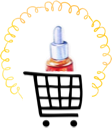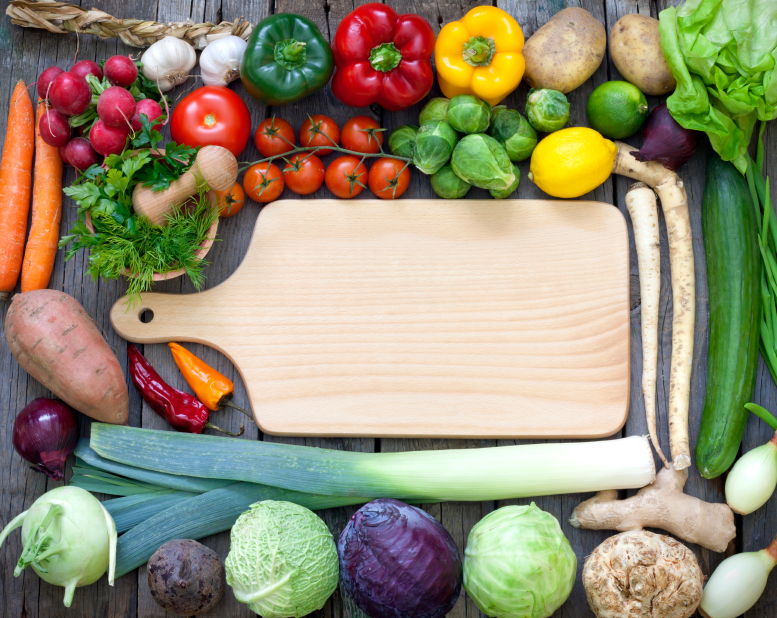‘Eat your greens’ is a common phrase, but what about the reds, oranges and purples?
As well as bringing a bit of variety to your plate, eating a wide range of coloured fruit and veg has serious health benefits too.
All plants contain phytochemicals – naturally occurring chemical compounds which vary from plant to plant.
The term ‘phytochemicals’ usually describes the compounds that aren’t essential nutrients, but still have health-boosting benefits – like antioxidants for example.
To reap the rewards of as many different phytochemicals as possible, nutritionists recommend eating a “rainbow” of coloured fruit and vegetables.
Here’s a run down of the shades that should be filling your plate, and the essential and non-essential nutrients they’re rich in…
The Greens
Think… Kale, spinach, broccoli, rocket, watercress, parsley.
Heaps of Vitamin A, C and E can be found in most green foods as well as important nutrients including iron and zinc.
Most greens have a ‘super food’ status because they are so nutritionally dense and are packed with antioxidants, which help protect your body from free radical damage while also boosting your immune system.
Green foods are also packed with chlorophyll – a detoxifying, cell regenerating and anti-inflammatory wonder proven to aid fundamental functions like circulation and digestion.
A great way to boost your greens intake is with a smoothie – try this great recipe from HEMSLEY + HEMSLEY to get you started.
The Oranges
Think… Sweet potato, carrots, butternut squash, cantaloupe melon, pumpkin.
Orange foods are rich in beta-carotene, a carotenoid compound which gives them their orange hue.
A powerful antioxidant, Beta-carotene is converted to Vitamin A by our bodies to support a healthy immune system as well as regenerating and regulating skin cell production.
Beta-carotene is a fat-soluble pigment, so to get the most from your orange fruits and veggies try eating alongside skin-soothing healthy fats such as olive oil, avocado and nuts.
The Reds
Think… Beetroot, tomatoes, peppers, pomegranate, strawberries.
Red fruits and veggies are great sources of another carotenoid compound called lycopene.
Another super-antioxidant, it does everything from fighting heart disease to decreasing the risk of strokes and cancer.
Our bodies can actually absorb more lycopene in its cooked form – cooked tomatoes are one of its richest sources.
Red fruits including strawberries and cherries are also great sources of collagen boosting Vitamin-C; so if your skin’s looking a little lacklustre try snacking on a small handful.
The Purples
Think… Aubergine, blackberries, purple cabbage, plums, blueberries.
Purple and blue hued foods are rich sources of the antioxidant Anthocyanin, which has powerful anti-inflammatory properties.
Anti-inflammatory foods are a great addition to any diet, but particularly good for those who suffer from inflammatory skin conditions such as acne, eczema, rosacea and urticaria.
Alkaline foods tend to be anti-inflammatory, as opposed to acidic foods which generally cause inflammation in the gut.
Nobel Prize winner, Ragnar Berg, was the first to support a 70% alkaline and 30% acidic diet, claiming that disease could not survive in an alkaline environment.
He also showed a link between acidity in the gut and eczema flare-ups.
Something to bear in mind if an inflammatory skin condition is causing you trouble.
Which colours are you going to be adding to your diet?


